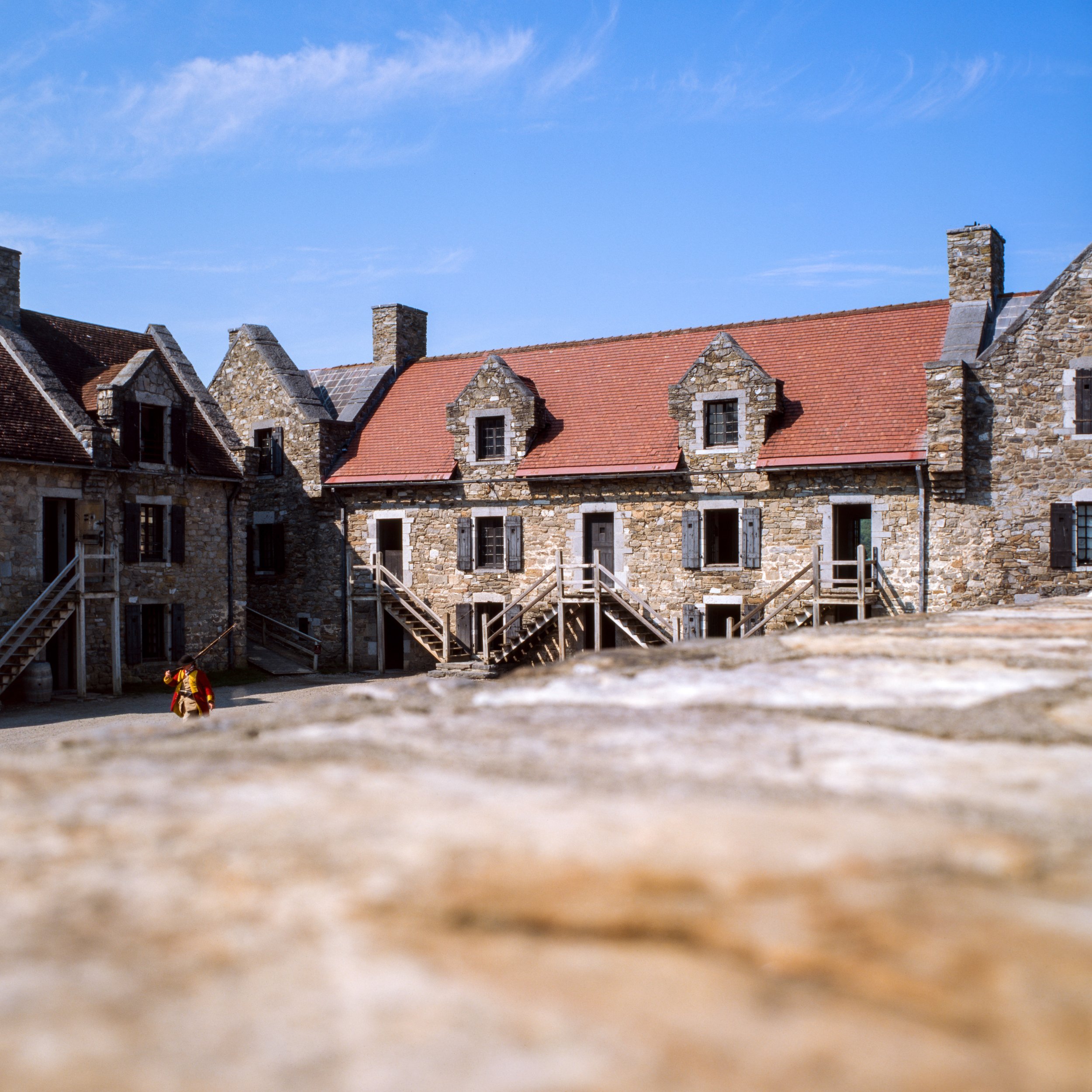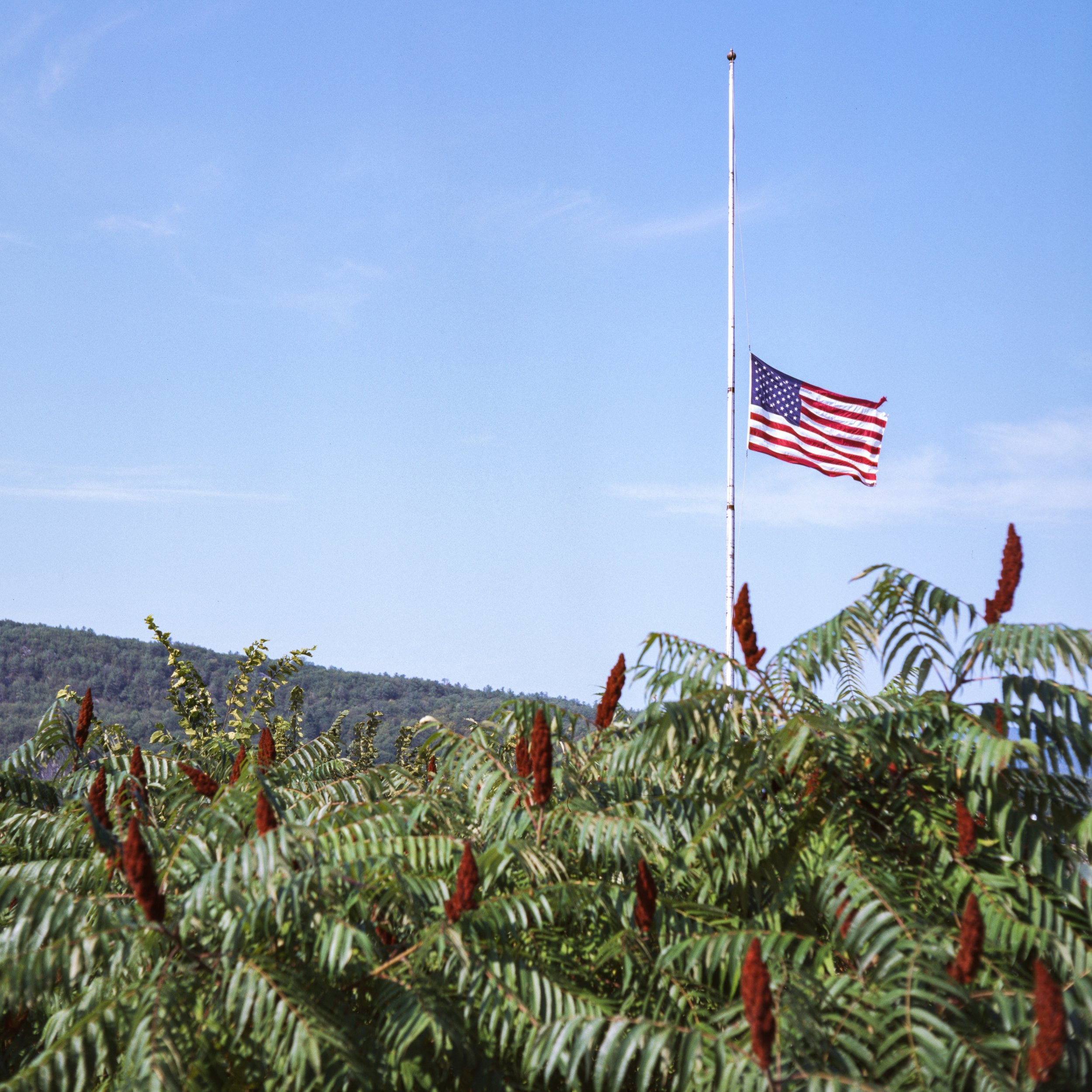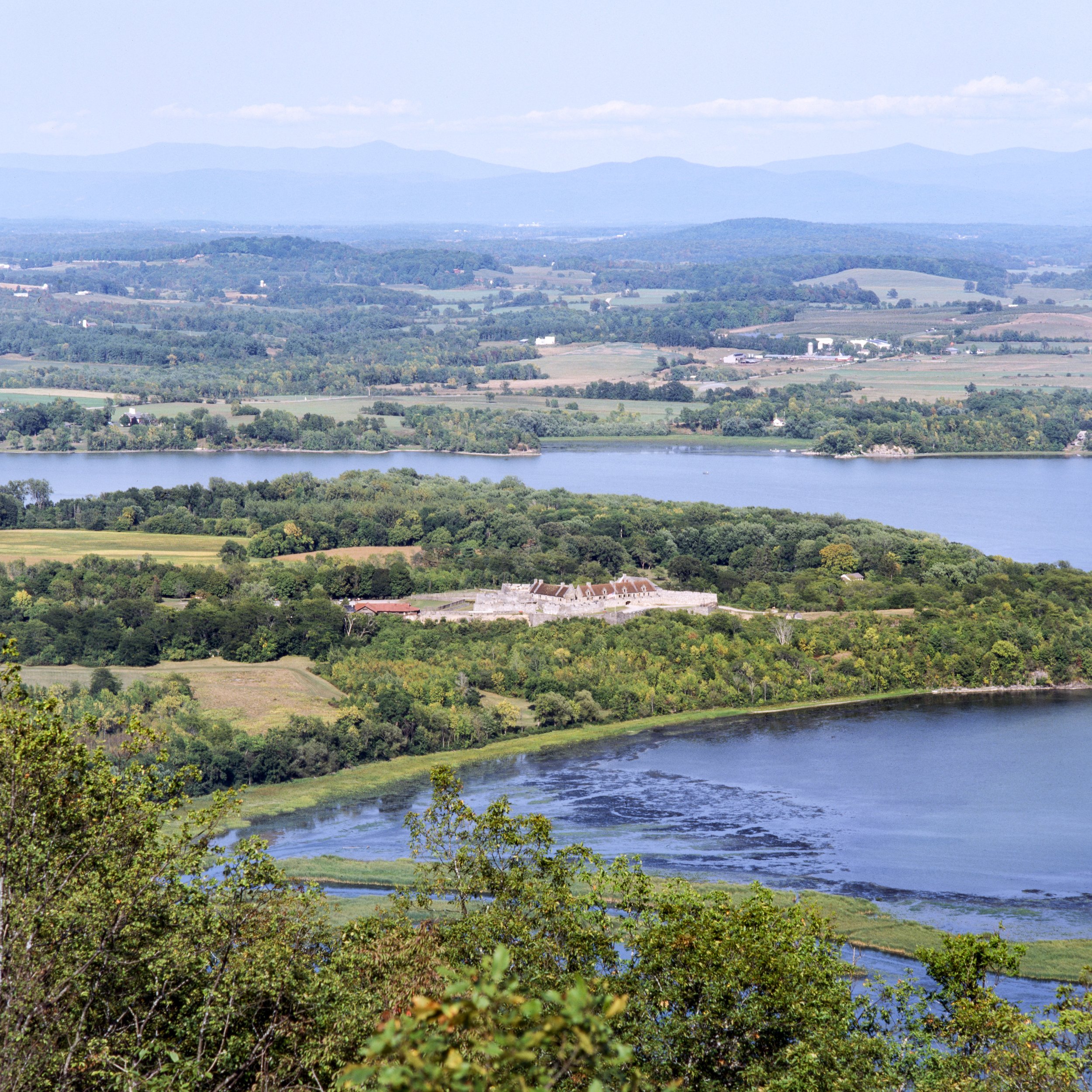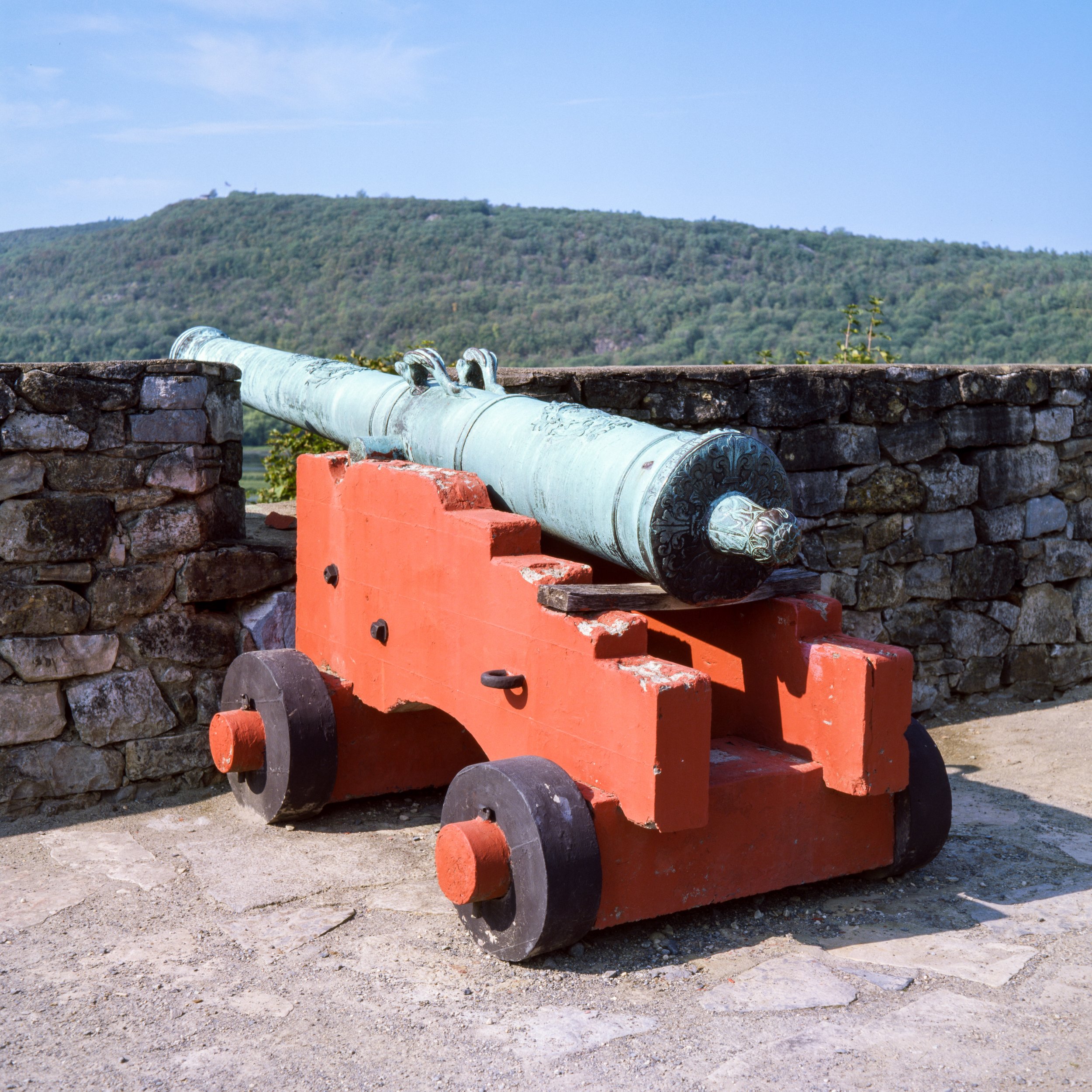Overlooking Lake Champlain in upstate New York is Fort Ticonderoga, constructed by France during the French and Indian War. As I looked across the area around me on the drive up to the fort, I wondered “why?” - why build a fort perched above a lake? The placement of the fort just seemed so strange, overlooking a bend in the lake where the historic La Chute river connects Lake Champlain and Lake George.
The answer to “why?” is actually pretty simple. Back in the days when overland travel was difficult and inefficient compared to boats, the waters of Lake Champlain made up a key component of the route used by natives and traders to transit between the Saint Lawrence and Hudson River Valleys via Lake Champlain and Lake George. Both Fort Ticonderoga and Fort Saint-Frédéric (later Fort Crown Point) were built by the French to control trade on the waterways. The fort fell into ruin many times over the years as its importance wained, changing from French, to British, to American hands. During the Revolutionary War, Ethan Allen of Vermont and the Green Mountain Boys captured the fort from the British and used it as a staging base to press their unsuccessful invasion of Quebec in August 1775.
The fort as it stands today is largely a reconstruction. The site was eventually abandoned and salvaged for building materials by locals after it became strategically irrelevant in 1781. Since 1908, ongoing reconstruction of the fort has restored the outer walls, powder magazine, barracks, and outlying support facilities/fortifications. The numerous artillery pieces that adorn the bastions are not original either - after the Americans captured the fort in 1775, they transported most of the artillery south to break the British siege of Boston. Various British and Spanish artillery has been acquired over the years to replace what the Americans moved elsewhere.
I had the chance to wander around the fort back in September with my Mamiya C22 and a roll of Ektachrome E100 film, the results of which you see here. While the northern redoubt was closed for renovation work, I enjoyed walking through the restored barracks and museum spaces. You can tell the foundation puts lots of work into the grounds and the gardens, which were beautifully restored. If you visit, book a ride on the Carillon - it really helps you get a sense of the lake’s scale, and it’s interesting to see via sonar what lies beneath the surface (everything from sunken Revolutionary War gunboats to railroad boxcars circa 1917). I camped a short distance away from the fort at Putnam Pond Campground, a part of the NY State Parks system.
I was happy with how the film turned out, though I did manage to overexpose 2 of the 12 frames on the roll. I don’t normally shoot color and I have no idea why I picked up a Pro Pack (5 rolls) of this film, but when slide film like Ektachrome works… it works wonders. There’s nothing like picking up your film from the lab, holding the roll up to the light, and seeing the beautiful full color images up close.






